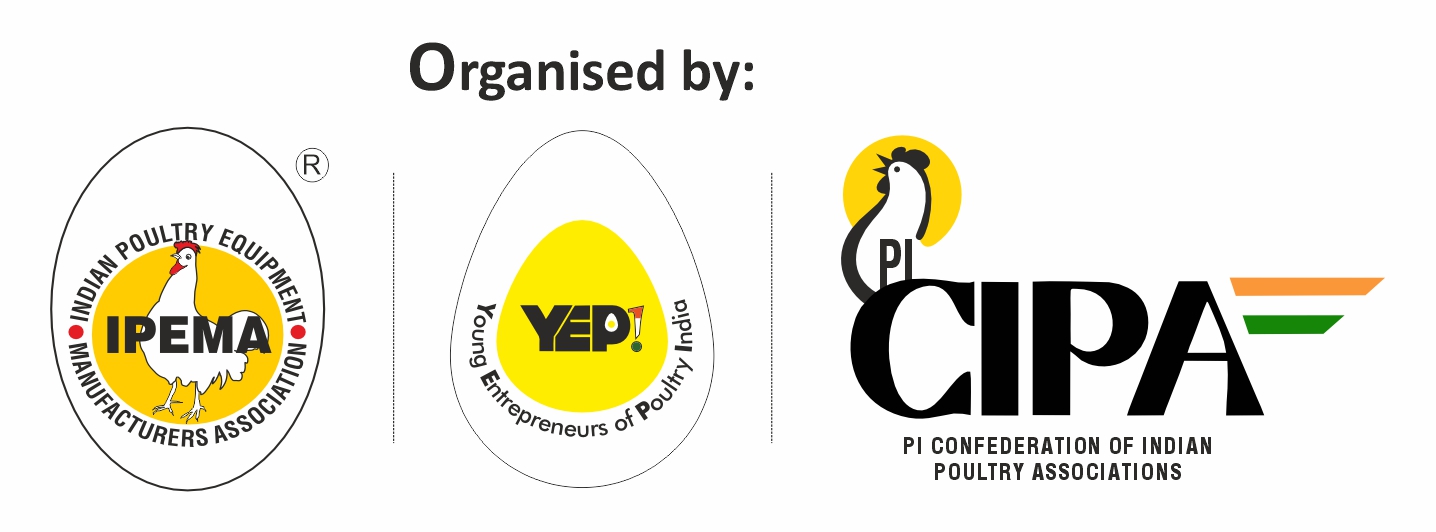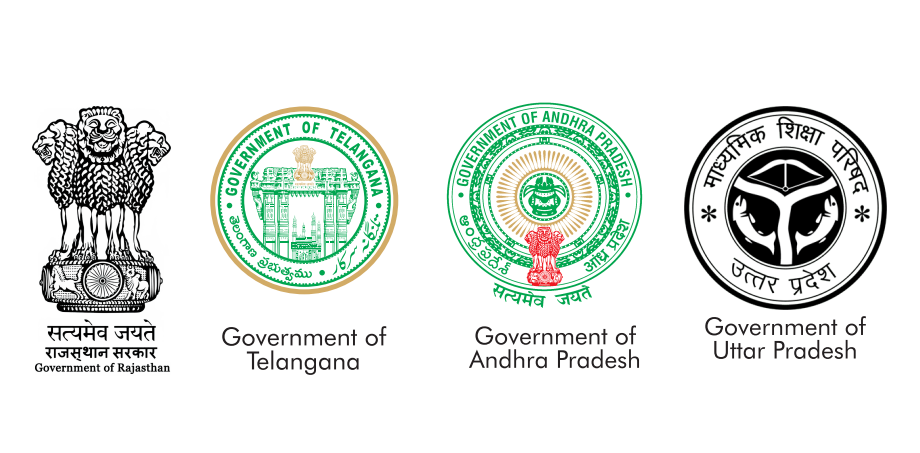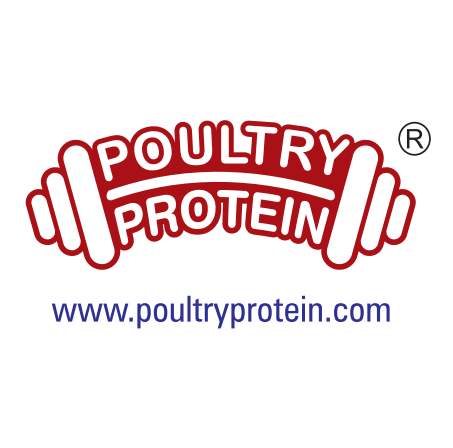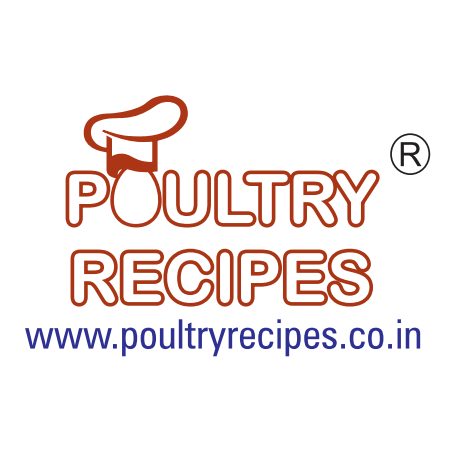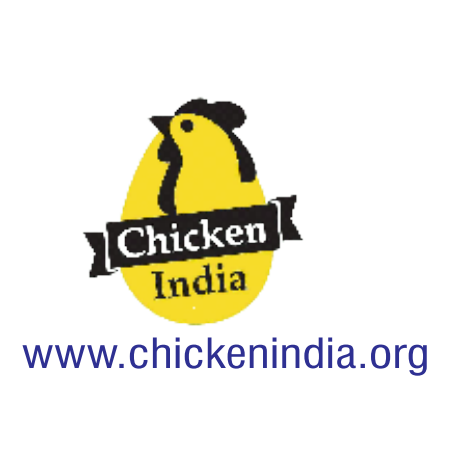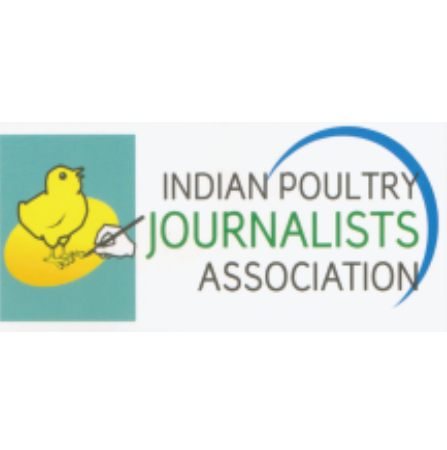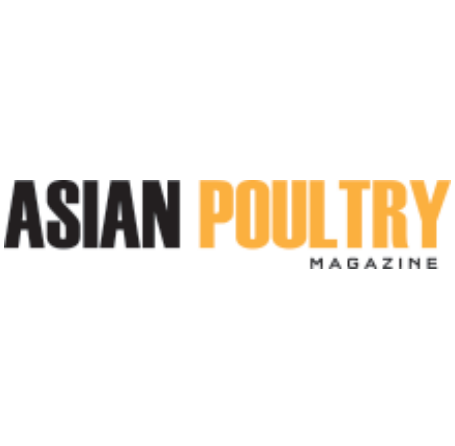Modern Innovations In Poultry Farming
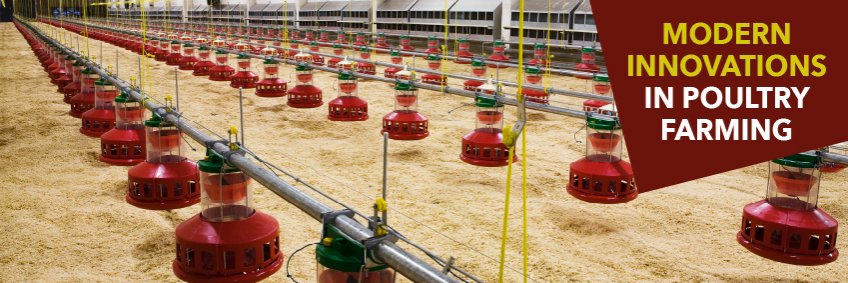
Poultry Breeding
One of the most effective way of improving poultry flock performance is scientific breeding for desired traits. Nowadays crossbreeding or hybrid vigour is used for making high performing poultry strains. For broiler as well as layers different commercial birds are prepared by crossing between traits specific purebred lines. These lines crossing form great grand parents of commercial birds for the use of public. Usually purebred lines, great grandparents, grandparents and parents are kept by commercial poultry breeding and selling company. The new technologies in the field of poultry breeding are following:
Use of QTLs for selection of sire and dam for next generation. Every trait is reflection of some proteins formed on the basis of genetic code in form of gene in the DNA. QTL is quantitative trait loci which can be defined as group of genes in the DNA of bird closely linked with some trait of interest like body weight gain in case of broilers. So this method is used for continuous variable traits which are result of multiple genes in the DNA.
Identification of genes for our trait of interest through microarray analysis which is analysis of microscopic slides having ordered series of samples of animals. Through this process the traits which are now becoming profitable can be traced on DNA.
For addition of new traits/characters or reduction in malfunctioning of a gene in poultry strain, many processes like transgenesis, knocking down a gene and RNAi, proteomics, nanotechnology, epigenetics, in-ovo approaches and even CRISPR gene editing technology are used nowadays. These processes helps in introduction of new characters that are not present naturally.
With help of new technologies of gene editing, the reduction in performance of bird due to harsh climate conditions can be reduced or completely stopped. For e.g. naked neck strain of poultry can effectively tolerate heat or temperature due to incorporation of single genes that reduce or modify feathering.
Poultry Nutrition
Feed have a major impact on poultry farming as it constitute nearly 70% of total expenditure of poultry farming. Out of this total feed cost 95% of money goes for buying energy and protein constituting feed ingredients. Rest of money goes into minerals, vitamins and feed additives. Thus for poultry farming feed is important factor. Maize is the most common feed ingredient of poultry diet and soybean meal is the common protein supplementing feed ingredient. Nearly all of the poultry feed is given in compounded form. There some new innovations in use of feed ingredients in poultry farming in recent time which are following:
With the help of transgensis, new transgenic feed are formed which contains more quantity of essential proteins and amino acids for poultry. As well as anti-nutritional factors present in feed like canola meals with low erucic acid, tannins, and glycosinolates are reduced in these transgenic feed. As poultry birds can take limited quantity of feed in which providing right proportion of various nutrients is quite stressful. These transgenic feed is a way out to provide other important nutrients in more quantity in poultry diet now.
Synbiotics having probiotics and prebiotics are now becoming new substitutes for antibiotics especially for gut bacteria acting antibiotics. Synbiotics helps in improving the survival and activity of beneficial microorganisms in the gut.
New biotechnological techniques are used to prepare amino acids that are produced in limited quantity in feed ingredients. These are prepared in microorganisms like yeast through their metabolic process. These microorganism are able to produce these limiting amino acids due to addition of specific genes in their genome. Even tract minerals like zinc, manganese, chromium, selenium, copper, etc. can be produced through these microorganisms.
Poultry Health
After feed health cost are major expenditure in running of a poultry farm. Diseases like Bird Flu, Fowl Pox etc. can spread in whole flock in short period of time and may result in destroying of all of birds in a farm. So health of birds are major concern for profitable farming. Usually all-in and all-out strategy is used in poultry farming in which after selling every bird of a flock new batch is brought into the facility. For new birds entering in breeding stock or any other stock proper quarantine is done. Biosecurity measures should also be followed for better health of birds. Here are some of the new strategies used for copping diseases in poultry farming:
Nowadays immediate treatment for various diseases are given to birds as well as the reason behind occurrence of that disease are studied fully so that in future proper preventative measures can be taken. For this post mortem of dead birds are must and epidemiological study of diseases are important. Same strain of infectious pathogen or newly evolved strain of pathogen causing the disease is also very important. Then accordingly treatment or preventive measure should be applied to poultry farm.
Training of farm personnel, infrastructure for disease diagnosis and information sharing regarding emerging diseases play important role in disease controlling strategy of poultry farms. Development of disease free zones around poultry farms using various strict biosecurity measures can help in combatting diseases like Bird Flu etc.
Geographic information system (GIS) which is a computer system for capturing, storing, checking, and displaying data related to positions on earth’s surface can help in preparing disease prevention programme against area specific pathogens along with vaccination programme.
Poultry Housing
Poultry housing includes facility where birds are kept and equipment which are used in poultry farming. Advancement in mechanics also have effect on equipment of poultry. As 62% of poultry population comes from commercialized poultry farms where poultry equipment play important role and rest of backyard poultry farming is also moving towards commercial farming. Here are some of the new innovations in the field of poultry housing:
New automatic control system having automated showers and use of cooling pads in poultry farms which can be clean and disinfected easily becoming a trend in modern farms. For efficient feed distribution new moving chain feeders are used which circulate the whole circuit within few minutes. Flicker free fluid LED light system with multiple light level settings are popular in modern farms.
For monitoring ammonia and carbon dioxide level in poultry farms special digital air quality monitors are used which give real time reading of these gases in the facility where birds are kept. This helps in preventing the toxicity of these gases that can cause decline in the performance of birds.
New water system is designed in such a way to keep water uncontaminated by preventing dirt, faeces and other pollutants from entering the automatic drinking system. This helps in prevent wastage of water as well as preventing water borne diseases in flock.
In layer farming special moving belt system is used for manure collection. Then palletisation of dried manure further stabilizes the material, reducing dust in the farm. This helps in maintaining hygienic conditions in the poultry farm.
Remote access livestock monitoring system used in poultry farms allows farmers the ability to view their broiler sheds internally from their smartphones, tablets and personal computers, in great detail. This could be helpful in management of farm in today’s COVID-19 situation.
Conclusion
Poultry farming is has important role in Indian economy. Rural poultry farming is uplifting the rural livelihood which is essential for rural development. As population of world is increasing day by day, the demand for animal protein in the form of eggs and meat is increasing. This could become a big opportunity for poultry farmers as India is third largest egg and fifth largest poultry producer in the world. But this could not be possible until and unless modern poultry farming related innovations are not adopted by Indian farmers. These modern poultry farming innovations can open the gate for success and prosperity for Indian poultry farmers.







